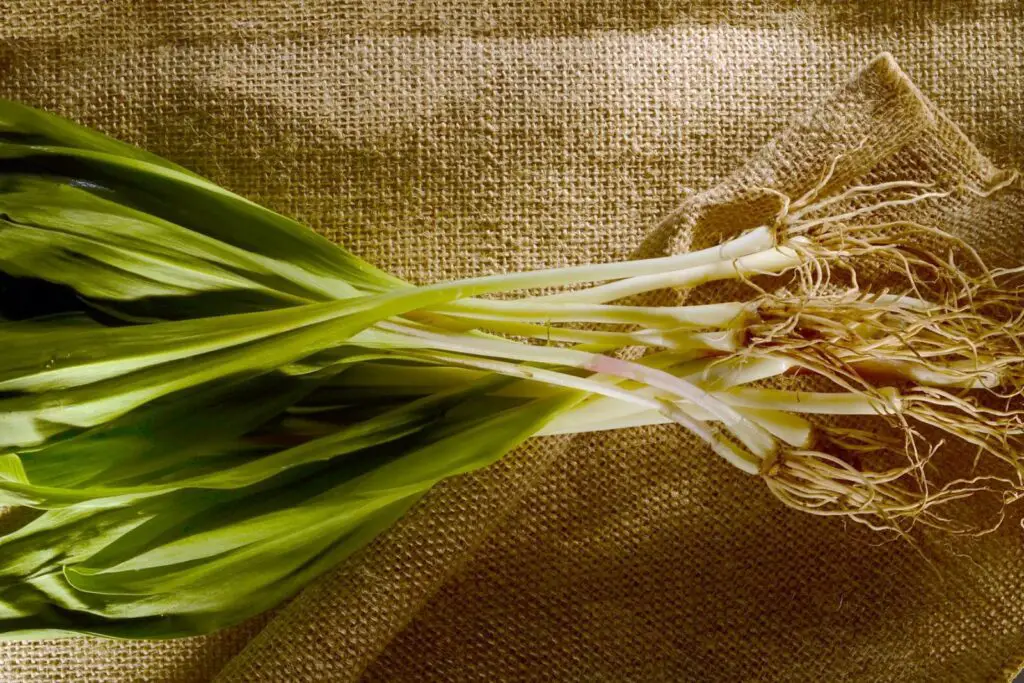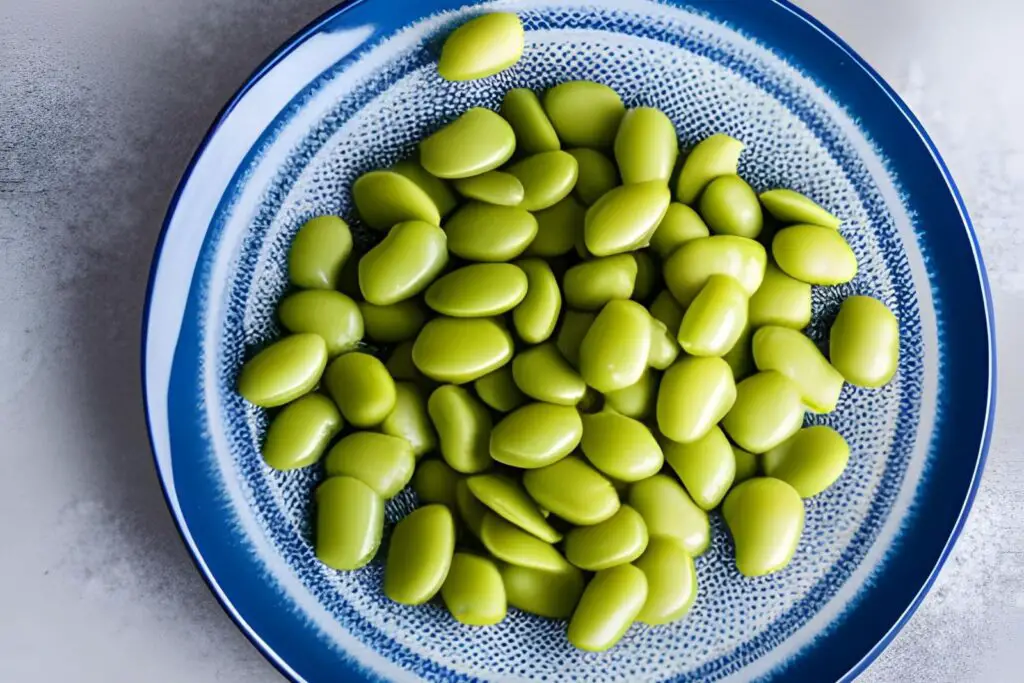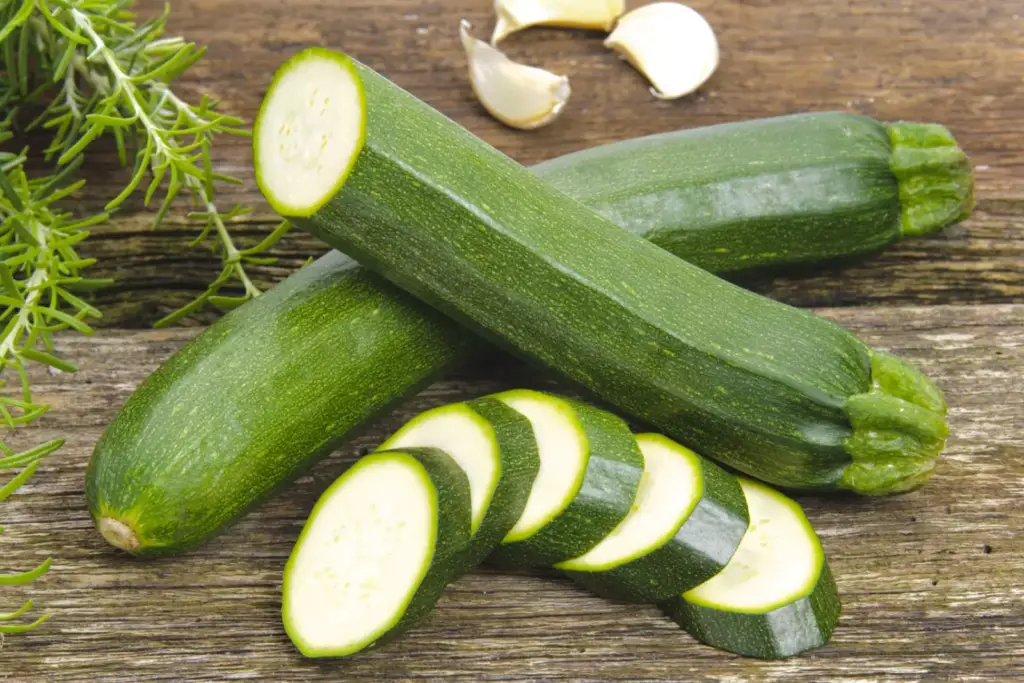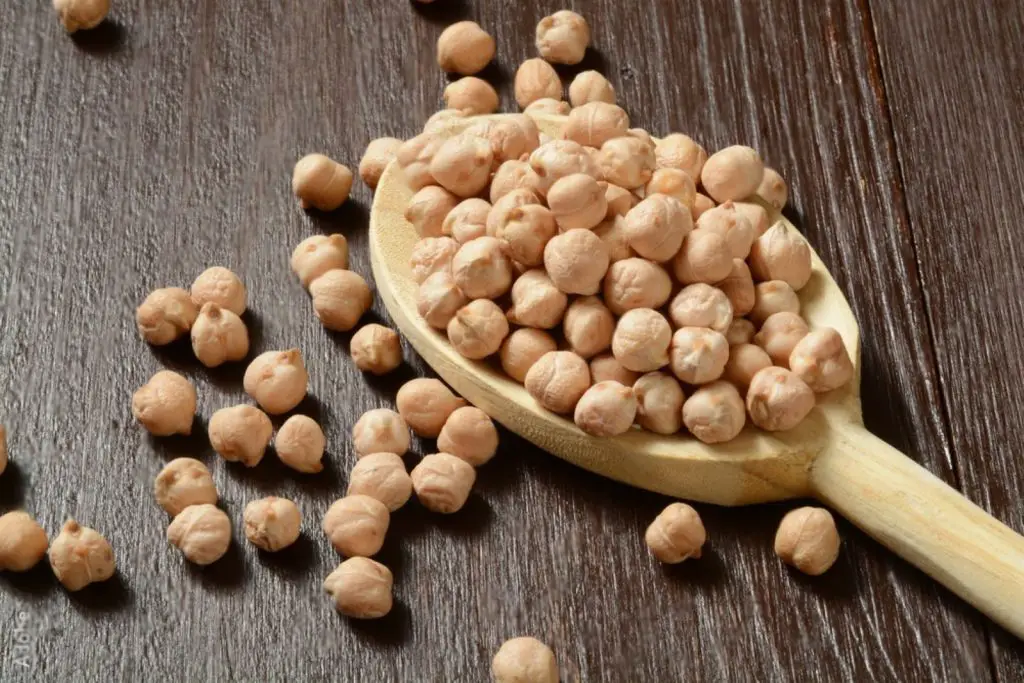
Maitake mushrooms, also known as hen of the woods, are a popular choice among mushroom enthusiasts for their rich flavor and unique texture. These mushrooms can be enjoyed in various culinary dishes, from stir-fries and soups to pasta and risottos. If you have an abundance of fresh maitake mushrooms or want to store them for future use, freezing is an effective method to preserve their quality. Freezing maitake mushrooms helps to retain their earthy flavor and delicate texture, ensuring that you can enjoy their taste even when they are out of season. Whether you plan to use them in your favorite recipes or want to have a supply of maitake mushrooms readily available, freezing is a convenient and practical way to preserve their freshness and extend their shelf life.
To freeze maitake mushrooms, follow these steps:
Step 1: Clean the mushrooms
Maitake mushrooms have a delicate texture and porous surface, which means they can absorb moisture easily. If you rinse them under running water, they can become waterlogged and lose their flavor and texture. This is why it is recommended to clean them with a soft-bristled brush or a damp paper towel to remove any dirt or debris.
Using a brush or a paper towel lets you clean the mushrooms thoroughly without introducing excess moisture. When using a brush, gently brush the mushroom caps and stems to remove any dirt or debris. Using a paper towel, lightly dab the mushroom caps and stems to remove any dirt or debris.
It is important to remove any dirt or debris from the mushrooms as they can affect the taste and texture of the final dish. Additionally, if there is any visible mold or discoloration on the mushrooms, it is best to discard them.
Step 2: Cut the maitake mushrooms
When mushrooms are frozen, ice crystals form inside them, and if the mushrooms are cut into uneven sizes, some pieces may freeze faster than others. This can cause the mushrooms to have an uneven texture when they are thawed.
Cutting the mushrooms into desired sizes also makes them easier to handle when you want to cook with them. You can cut them into bite-size pieces or leave them in larger clusters depending on your recipe.
It is important to use a sharp knife when cutting the mushrooms to avoid damaging the delicate texture of the mushroom. Additionally, it is important to remove any tough stems or woody parts of the mushroom before cutting them to ensure a better texture and flavor.
Step 3: Blanch the mushrooms
Can I freeze maitake mushrooms without blanching them first?
Technically, you can freeze maitake mushrooms without blanching them first, but blanching is recommended to preserve their texture and color. Blanching involves briefly boiling the mushrooms before freezing them to stop the enzymes that cause deterioration. It also helps retain their nutrients and flavor.
Step 4: Flash-freeze the mushrooms
It helps to prevent the mushrooms from sticking together and forming large clumps, which can make them difficult to use later. By freezing the mushrooms in a single layer, you can ensure that they will freeze quickly and remain separate from one another.
How to flash-freeze maitake mushrooms?
To flash-freeze the mushrooms, spread them out in a single layer on a baking sheet, making sure they are not touching each other. Place the sheet in the freezer and leave it until the mushrooms are completely frozen, which should take a few hours.
Step 5: Label and store
Label the container or bag with the date and contents, and store the frozen maitake mushrooms
By knowing the date when they were frozen, you can ensure that you use them before they become too old and lose their quality. Additionally, labeling the container or bag with the contents makes it easy to identify the maitake mushrooms when you need to use them, without having to thaw and open each bag or container.
While maitake mushrooms can be frozen for longer periods of time, they may start to lose their quality over time, including their texture and flavor. It is important to store them in a freezer-safe container or ziplock bag to protect them from freezer burn and odors from other foods in the freezer. It is also important to thaw the mushrooms properly before using them in a recipe to ensure the best texture and flavor.
What are the best-recommended bags and containers for freezing maitake mushrooms?
- Freezer bags: Ziplock freezer bags are a popular option for freezing maitake mushrooms. They come in a variety of sizes, so you can choose the best size for your needs. Be sure to use a sturdy bag, and remove as much air as possible before sealing it.
- Plastic containers: Plastic containers with tight-fitting lids are another good option for freezing maitake mushrooms. Choose containers that are specifically designed for freezer use, and avoid those that are flimsy or brittle. Be sure to leave some room at the top of the container to allow for expansion during freezing.
- Glass containers: Glass containers with airtight lids are another option for freezing maitake mushrooms. Be sure to choose containers that are freezer-safe, and avoid those that are thin or delicate, as they may break during freezing. Glass containers are also great for reheating the mushrooms in the microwave or oven.
No matter which container or bag you choose, it is important to label it with the date and contents and to remove as much air as possible to prevent freezer burn.
Other related questions
How long can I store frozen maitake mushrooms in the freezer?
Properly stored frozen maitake mushrooms can last up to 8 months in the freezer. After that, the quality may start to degrade. To ensure maximum freshness, store the mushrooms in an airtight container or freezer bag, and label them with the date of freezing.
Can you microwave frozen maitake mushrooms?
Yes, you can microwave frozen maitake mushrooms, but it’s important to thaw them first to ensure even heating. Once thawed, place them in a microwave-safe container, cover them with a lid or plastic wrap, and microwave on high for 1-2 minutes, stirring halfway through. Microwaving can affect the texture, so use it in cooked recipes.
Can I freeze cooked maitake mushrooms, or should I only freeze them raw?
Yes, you can freeze cooked maitake mushrooms. However, they may have a softer texture when thawed compared to raw mushrooms. It is recommended to cook the mushrooms slightly less than usual before freezing, as they will continue to cook during the reheating process.
Can I freeze maitake mushrooms that have been marinated or seasoned?
Yes, you can freeze maitake mushrooms that have been marinated or seasoned. However, it’s important to note that freezing can affect the texture of the mushrooms and may cause them to become mushy after thawing. To minimize the impact, try to avoid over-marinating the mushrooms, and use a marinade that is not too acidic. Additionally, it’s recommended to freeze the mushrooms in their marinade or seasoning to help preserve their flavor.
Can you use frozen maitake mushrooms with fresh ones?
Yes, you can use frozen maitake mushrooms with fresh ones in recipes. However, the texture of the frozen mushrooms may be slightly softer than fresh ones, and they may release more moisture when cooked. To minimize this, be sure to thaw the mushrooms completely before using them, and adjust cooking times accordingly.
What is the best way to thaw frozen maitake mushrooms before using them in a recipe?
The best way to thaw frozen maitake mushrooms is to transfer them from the freezer to the refrigerator and let them thaw slowly overnight. This method helps the mushrooms retain their texture and flavor. Alternatively, you can thaw them quickly by placing them in a sealed bag and submerging them in cold water for about 30 minutes. Avoid thawing the mushrooms at room temperature or in warm water, as this can cause them to become mushy.
Does freezing maitake mushrooms dry them out?
Freezing maitake mushrooms can cause them to lose some moisture, but proper blanching and flash-freezing techniques can help minimize this. Blanching before freezing helps to preserve texture and color, and flash-freezing prevents ice crystals from forming, which can cause drying.








